Kanban – Whaa, I released a Monster! – 10 Recommendations
Essentials of Kanban
Kanban is a visual method for work management. It's originating from the Toyota Production System (TPS). "Kanban" is the Japanese word for "visual signal". If you work in services or technology, your work is often times invisible and intangible. A Kanban board helps make your work visible so you can show it to others and keep everyone on the same page.
You visualise on a physical or electronic board your actual work process and all items you are currently working on according to their related status of completion.
In a Kanban board vertical lanes represent the status of the work, and tickets or cards in these lanes represent individual work items having this status.
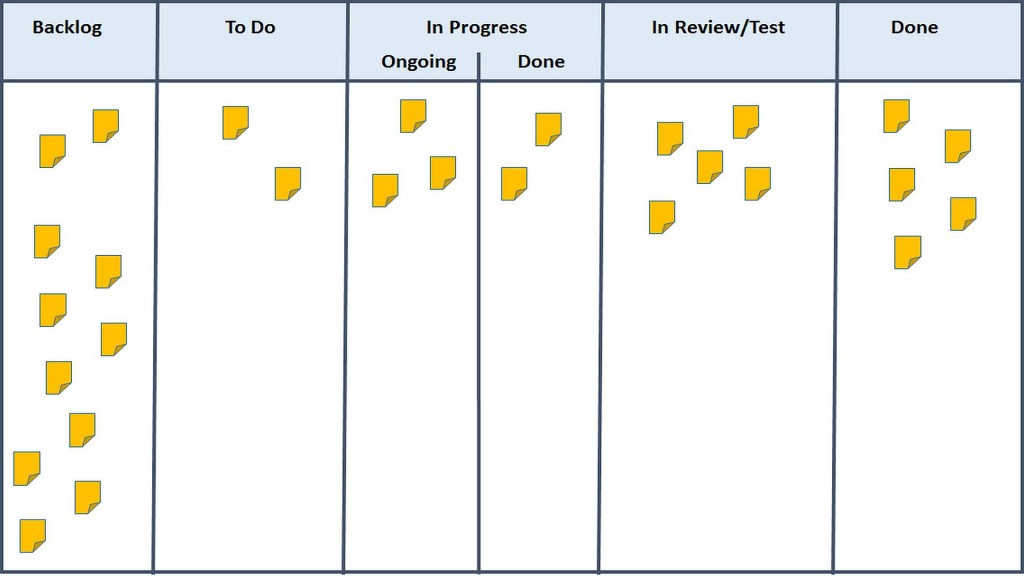
Kanban Board with Backlog & Done lane, To Do, In Progress (split statuses) lanes, and in Review/Test lane.
There are two prominent lanes in a Kanban board: the so-called Backlog (area of work has not started yet, on the utmost left side) and the Done lane (finished work, product shipping, or product is out of the door, at the utmost right side). The further layout and the number of lanes in between are up to your existing work process.
Your Personal Kanban Monsters
Often when I talk about Kanban, and my clients start immediately to implement it, we have faced two situations: either my clients are shocked by the monsters that suddenly appeared and they decide heedlessly, Kanban would not work for them – or they accept the monsters they created as starting point for their personal improvement journey.
What did happen?
The answer is straightforward: when implementing Kanban, my clients visualised their actual, current situation without any gloss over. The Kanban board shows promptly all their inherent existing bottlenecks, drawbacks, frictions, hassles and all the mess of their current way of working. – And this will happen to you as well when you start with Kanban the first place.
When implementing Kanban, all the hidden sh*t of your way of work is visible tout de suite.
This is caused because implementing Kanban is so easy:
Follow the Golden Rule for Kanban Implementation:
*** Start with what you do now. ***
Take this Golden Rule really literarily and break it down as follows. In detail:
- Start with a 1:1 visual of your currently used workflow. – If your work process has three stages ("Not yet started Items", "Items in Process", "Items Done") your Kanban board has 3 vertical lanes; if your process is more elaborated (e.g. "Not yet started items", "Items in Process", "Items in Test/Review", "Items Done") your Kanban board has 4 vertical lanes. – Draw as many lanes on the board as stages in your current (!) work process.
- Make a 1:1 visual of your currently used workload. – Populate all lanes of your Kanban board with the workload you are currently working on. If you currently work on 10 items in "Not yet started" status, on 5 items in "Processing" status, on 4 items in "Testing/Review" status, and on 8 items in "Done" status, then place 10 cards or tickets in the "Not yet started" lane, 5 cards in the "Processing" lane, 4 cards in the "Testing/Review" lane, and 8 cards in "Done" lane.
For me, you can start by just relying on these two guidelines only to set up your initial Kanban board. – They are sufficient to get the monsters out of their closet.
You should be aware of basically three potential kinds of Kanban Monsters. And there are a lot of more variants of them nevertheless.
- Kanban Monster 1 – Your backlog overwhelms, but nothing is put into action or progress.
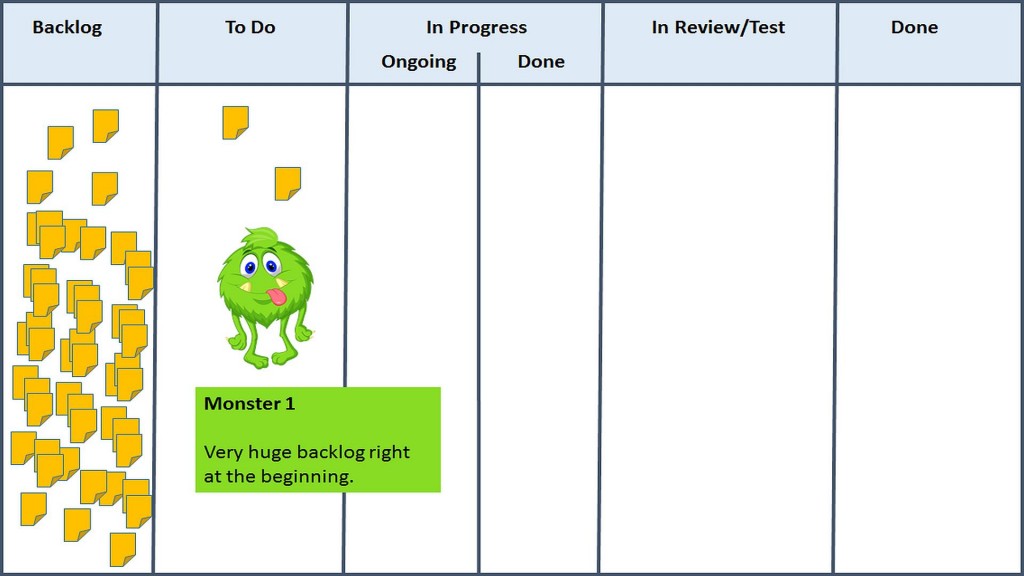
- Kanban Monster 2 – Crowed backlog, only a few in your progress.
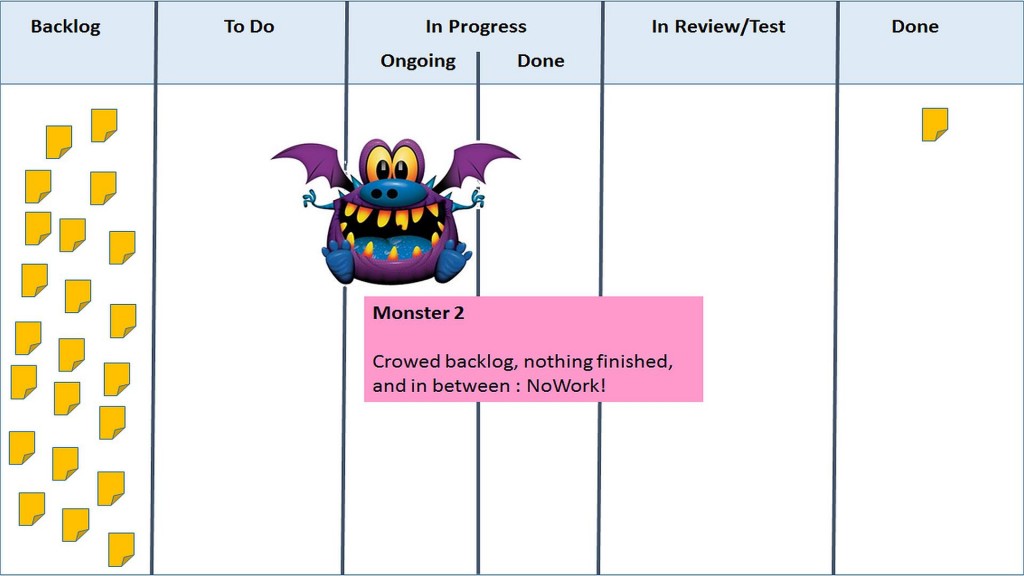
- Kanban Monster 3 – You have multiple bottlenecks in your process.
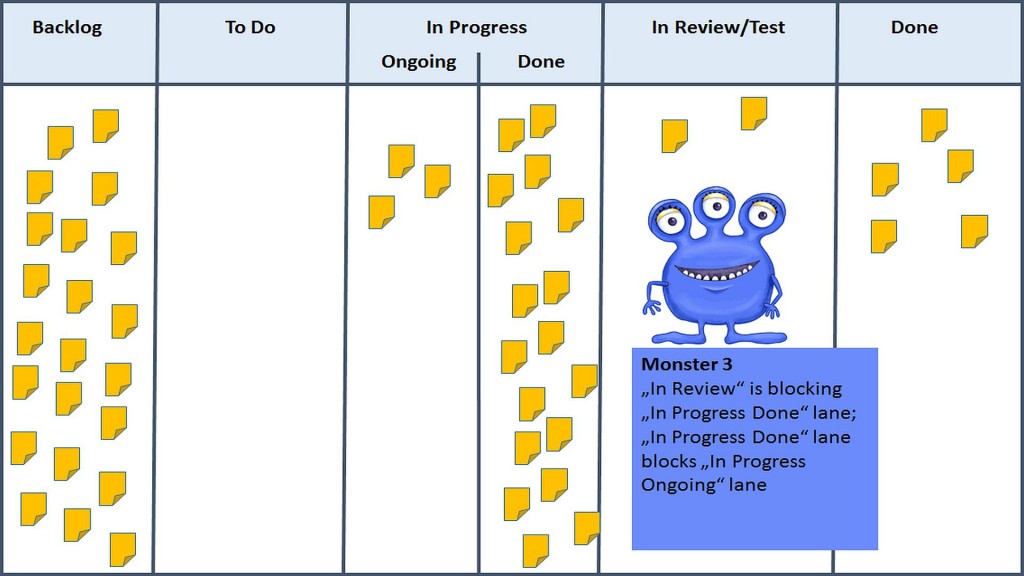
To start with Kanban your improvements and to chase the monsters away, there are remaining Kanban principles (according to David Anderson):
- Respect the current process, roles, responsibilities & titles. – Kanban recognises that existing processes, roles, responsibilities, and titles have value and are, generally, worth preserving. Implementing Kanban does not force or ask you to change everything or immediately.
- Agree to pursue incremental, evolutionary change. – Be open to improvements. Your Kanban board shows you your bottlenecks and drawbacks instantly. But it's up to you whether you ignore this and keep still going, or if you decide to change your way of working: evolutionary in small steps or with a big bang revolution. – It is your decision. You are in charge, Kanban is not calling.
- Limit Work in Progress. – The critical elements in improving are that work in progress at each state in the workflow is limited and that new work is "pulled" into the new activity when there is available capacity.
Do not push work into the system, let the system pull its workload! - Make Process Policies Explicit. – Many defined workflows allow an exception, circumventions, and so-called "fast lanes" with can be taken in specified conditions to accelerate procession. Without an explicit understanding of how things work and how work is actually done, any discussion of problems tends to be emotional, anecdotal and subjective. With an explicit understanding, it is possible to move to a more rational, empirical, objective discussion of issues.
10 Simple Guidelines To Implement and Use Kanban
As mentioned Kanban is a tool to manage workload.
Here are my recommendations for its usage.
- Identify your Monsters. – After creating your board, observe it for 1 or 2 weeks and identify emerging patterns of your work.
- Create a stable and predictable workflow. – Your first and most important improvement goal: Don't go for efficiency first, go for stability. Striving for efficiency is always a local optimization, related to a few process stages, i.e. 1 or 2 Kanban lanes. Going for stability instead is optimizing the whole system.
- Start with only two guiding rules. – When you start the first time with Kanban use only the following two rules to get stability, Jim Benson recommends: 1 (a) Limit work in progress and (b) Visualize your work.
Later on, you can always state more complex rules. However, start with ease. - Use Work in Progress limits as soon as possible to create stability. – Work in progress (WiP) limits restrict the maximal amount of work for certain statuses of a work process. By restricting the number of work items for dedicated activities (Kanban lanes) deficiencies of this activity become visible.
- "Start Finishing, Stop Starting". – Don't execute your Kanban board from left to right. Don't push always new work in the board without finishing other items: "Stop Starting".
Instead, try to finish as much work as possible first before pushing new stuff in your process: "Start Finishing". - Establish the Pull-principle for the work items as fast as possible.
- Go for efficiency at last. – If you have stability in your workflow, then you can tweak the efficiency of individual lanes.
- Individual boards for multiple teams. – If you have multiple teams it is your decision to set up for each team an individual board or to visualise all work in one board.
- One common backlog for multiple teams working on the same topic/product. – If multiple teams work on one single project, product, or (organisational) topic use one single backlog for all teams. Dependencies and relationships between work items can be handled easier if all items are in one backlog rather be distributed over multiple backlogs.
- Make Process Policies Explicit. – Use simple coloured post-its to state entry and exit conditions for your Kanban lanes, if needed. By doing this, the board becomes right from the start living documentation of your applied work policies.
Here is my collection of publicly available online tools and methods for Kanban.
Further Reading
- David J. Anderson: Kanban – Successful Evolutionary Change for your Technology Business. Blue Hole Press, 2010.
- Mike Burrows: Kanban from the Inside: Understand the Kanban Method, connect it to what you already know, and introduce it with impact. Blue Hole Press, 2014.
- David J. Anderson, Andy Carmichael: Essential Kanban Condensed. Blue Hole Press, 2016.
- Jim Benson, Tonianne DeMaria: Personal Kanban. http://personalkanban.com/pk/
- See the Personal Kanban website.

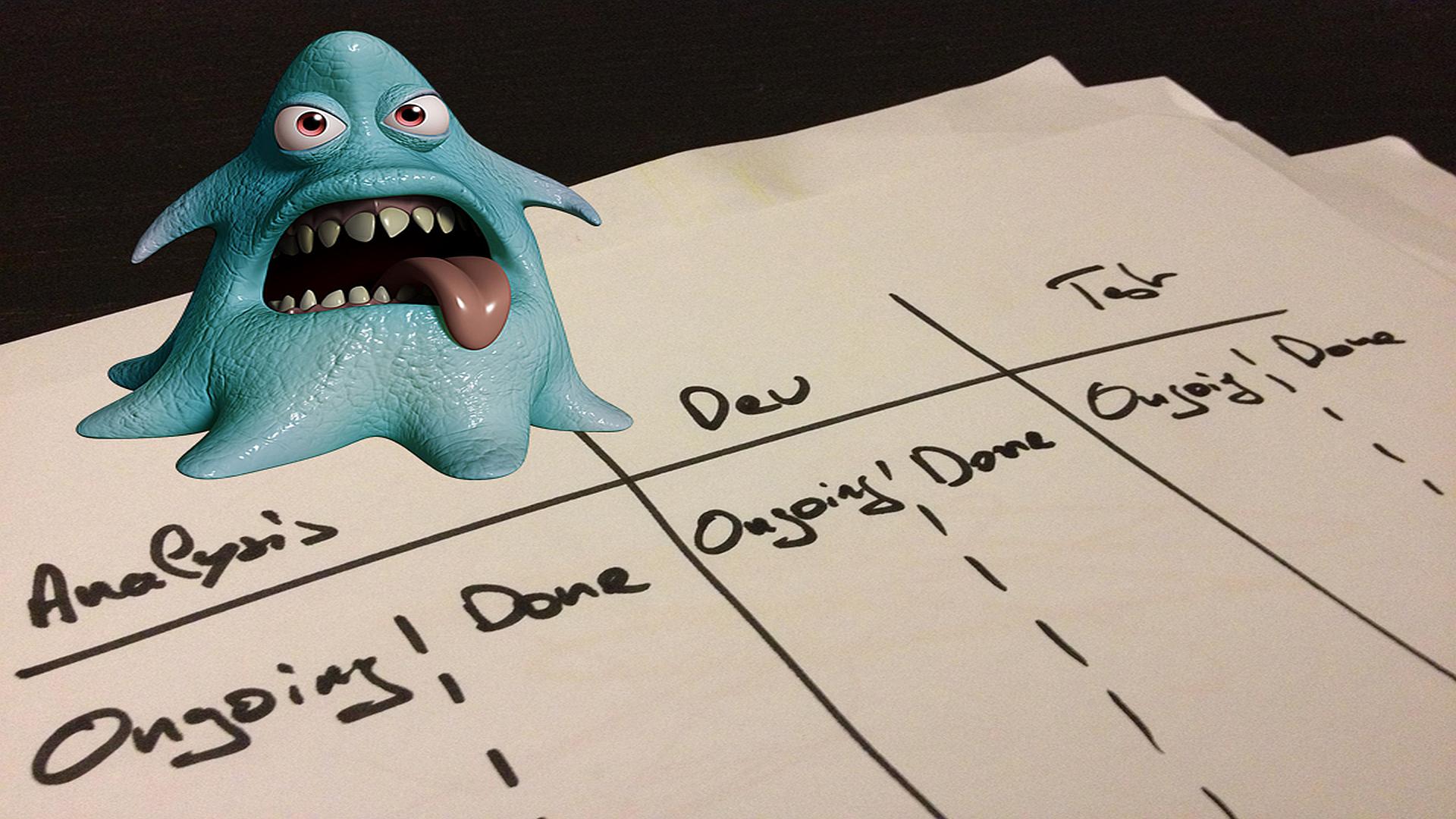
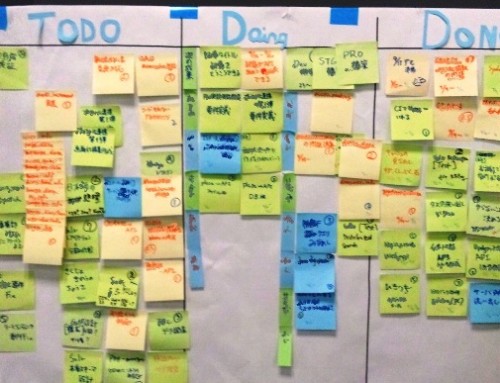


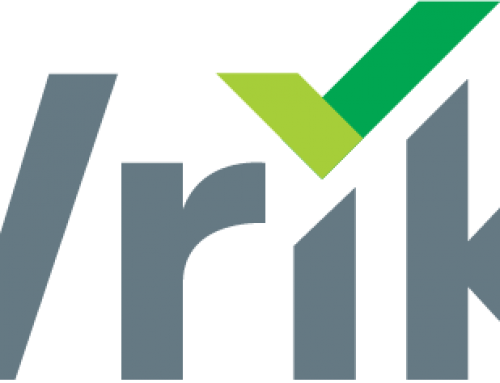
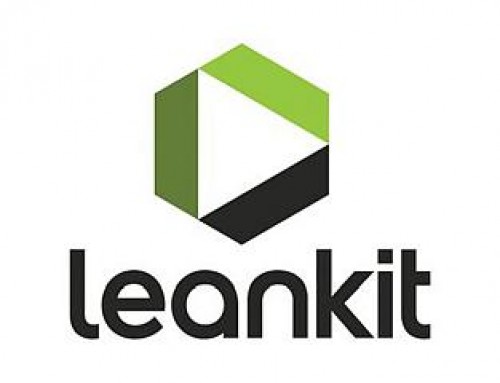
Leave A Comment